When: Tuesday 13th November, 9:15am – 11:15am
Where: Theatre, Level 2 down the stairs to the right of the registration/foyer area
Hashtag: #T2
This presentation focuses on emerging digital, technical and social trends in Virtual and Augmented Reality as 21st century communication technologies. We will first introduce the facilities and infrastructure used in a number of pioneering research projects in the last 15 years at the Virtual Reality (VR) lab and the Simulation Hub of Macquarie University, and explore Academy of Interactive Entertainment’s educational philosophy and involvement in digital content creation. Then, explaining the differences between Virtual, Augmented, and Mixed Reality concepts, we will discuss emerging trends by reviewing a number of most recent VR & AR market reports and survey results. Finally, we will demonstrate a number of simulations developed by VISOR (Virtual and Interactive Simulation of Reality) team at Macquarie University, reflecting on our past experiences in research funding. Thus, we hope to be able to project what might possibly be in demand and get funded in the near future. Survey results state that startup founders, tech executives, investors, and consultants expect gaming to attract the most investment for the coming year. More social and collaborative applications of AR and VR are expected to appear as well as smartphone applications. High prices, overhyped hardware, and lack of compelling content are seen as the biggest missed opportunities in this domain. Number of headsets sold are expected to increase and AR market is predicted to be four times bigger than VR, due to its accessibility. The top unsolved problems include comfortable locomotion, light and inexpensive headsets, as well as quality content. We will conclude the presentation by listing the challenges ahead as well as the potential solutions to these. Major challenges are listed as lack of skills due to the face pace of technology and being up to date with the practical skills, low number of domain experts, the number of start up funds and the size of grants, the limited amount of proper digital content, high costs of hardware, as well as mindset of corporates. Solutions we suggest are university and vocational education courses focusing on VR and AR content development, collaboration and close-knit partnerships to build learning communities, novel subscription models for sharing infrastructure and expertise, tech industry friendly immigration laws allowing knowledge transfer, better and easier access to large funding, easy to use VR and AR libraries and toolkits, and encouraging the corporates to take risks for long term benefits rather than short term rewards. We recommend to build an Australian version of Silicon Valley and a large VR and AR Training Center to drive innovations and industry access to talent.
Presenter
Associate Professor Manolya Kavakli, Academic Director of AIE Institute (Academy of Interactive Entertainment) and Director of the Virtual Reality Lab at the Simulation Hub, Macquarie University


















